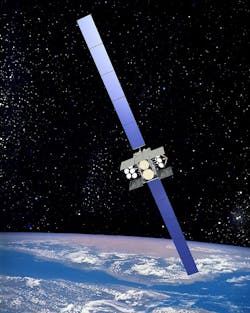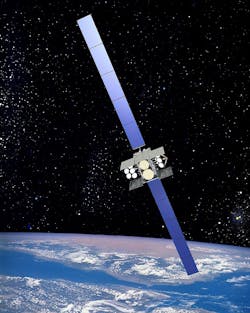Boeing tests anti-jamming technology for satellites, shielding signals from interference
Boeing engineers have proven the company’s new anti-jamming communications technology is capable of operating as either a ground-based user terminal or satellite-based networking hub.
The anti-jam technology uses a protected tactical waveform, which shields signals from interference by adversaries or cyber-terrorists. This demonstration complements previous on-orbit demonstrations over satellites like ViaSat-1 and the sixth Wideband Global SATCOM (WGS-6), showing the ability to operate anti-jam waveforms over existing commercial and military spacecraft.
“We’ve confirmed this technology can be applied quickly and affordably to existing assets, especially operational WGS satellites and ground terminals,” explains Dan Hart, vice president of Boeing Government Satellite Systems. “With threats to secure communications becoming increasingly frequent and sophisticated, providing this enhanced capability to warfighters on the ground is critical.”
The technology will enable the military to send and receive secure communications at a lower cost using existing terminals and satellites, officials say.
The test was conducted between a Boeing ground terminal using a programmable modem, designed and developed by ViaSat using one of its commercial off-the-shelf platforms and a ground terminal designed and built by MIT-Lincoln Laboratory. This testing, done under contract for the U.S. Air Force Space and Missile Systems Center and supervised by the U.S. government, confirms that the modem meets technical interface specifications, while transmitting information to and from the ground user terminal.


